NEPHRITIS
 Characteristics of the mineral.
Characteristics of the mineral.
Zhad is a general term used to refer to two different minerals, ornamental stones - jade and jadeite. Jadeites refer to pyroxenes. Complex silicates of calcium, magnesium and iron. Both minerals are silicates, nephrite is a dense (fine-grained variety of actinolite) complex calcium, magnesium and iron silicate, jadeite is a silicate of sodium and aluminum (composed of small grains). The coloring of the greedy is very diverse and often varies in one deposit. Imperial (or imperial jade) called the greed of a beautiful emerald green color. However, paler shades of green are more common. Often there is a combination of two or more colors in the same sample (one color gradually changing into another). The color of the greens is stable, only very long weathering leads to the appearance on the surface of boulders of jadeite of bright red or yellow color, caused by the transition of ferrous iron to trivalent iron. Of both minerals, in spite of their high hardness and toughness, it is possible to cut or grind various products with subsequent polishing. Both are used to make jewelry and household or religious items. It occurs in the form of monomineral rocks (jadeitites).
Silicate of calcium, magnesium and iron with very small amphibole needles, nephrite refers to the thirst. The stone has a number of unique properties: it is very viscous and therefore very durable, it is cut only with diamond. Strong blow to the jade block will make a hole in it, but it will not break it. Thin interweaving of crystal fibers makes jade twice as strong as steel. There is no more viscous and durable stone for breaking gemstones in nature than jade. Primitive people in Asia made jade knives, axes, arrowheads and spearheads (in Europe, then the same used flint).
If you make a thin thing out of jade, for example, a bell, then its sound will be surprisingly long to last and it is very pleasant to work on hearing. Jade is revered in China. The darker the green and the darker the jade, the more black inclusions in it, the more expensive it is in Europe. Above all, emerald green jade (imperial) is highly valued. There is a green of all shades from light to dark, yellow, black and blue and white (shades are given in order of rising prices for mineral, blue jade - dianite - extremely rare). Due to the very high heat capacity (the ability to absorb a lot of heat for every degree of heating) is used in physiotherapeutic procedures as a massager (smooth and spiked) or as an applicator as a flat patch on the pad. Nephrite is translucent and opaque. The more it shines, the higher its jewelry value. In the fracture, the surface of the stone is uneven with sharp, sharp edges. Jade layers up to 10 mm thick shine through. Very rare is the most expensive jewelry type of jade - with the effect of a cat's eye (from yellow to brown and green). Unlike other minerals, nephrite never shines and has a wax shine for any degree of polishing, it does not abrade.
The most famous deposits of nephrite are found on the territory of the PRC in the western spurs of the hr. Kuen-Lun near Kashgar and Khotan and in the form of pebbles along the banks of rivers flowing from the spurs of these mountains. The root deposit of jade is also known in the Pamirs, west of Kuen-Lun. The world's largest deposits of jade were discovered in 1969 in Canada - in the prov. British Columbia. Large deposits are located in Australia. To the west of the lake. Baikal in the spurs of the Eastern Sayan along the rivers Onot and Biba there is a dark green jade in the form of large pebbles and boulders. Placers of excellent white, yellow, tender green (light green) and black jade are found in Eastern Siberia, which in quality surpasses the nephrite of all known deposits. The mass of jade boulders found along the rivers usually varies from a few kilograms to several tons.
Magic properties of stones.
In China, nephrite was considered a national stone and was valued so highly that it produced plaques that were circulated on a par with coins, and paired plates of jade served as a passport for the emperor's emissaries. Sacred objects are made of this stone, and bells have a remarkable gift of healing. It remains the sacred stone of many civilizations. Jade is a talisman of people who are pure, merciful, highly moral, brave, just and wise. He is very useful to single people, and also helps his owner to find a way out of the difficult situation. The stone is actively and gently engaged in the upbringing of its owner and is a barometer of its behavior: it darkens, dims, becomes ugly, if the owner commits unseemly acts. Jade is an indicator of a person's spiritual growth. Nephrite is used as a guard for graves and burial places from any desecration. Many nations considered jade a victory stone - both above themselves and over circumstances. The stone is one of the strongest amulets from lightning. Jade energy-intensive and very heat-consuming material, why it is so beautifully restores any state, from life to the state of functioning of the body.
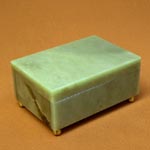
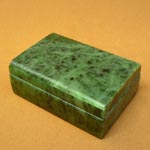
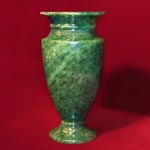
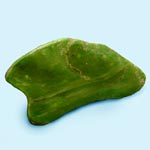
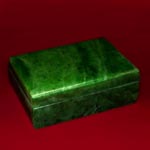
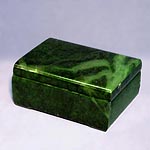
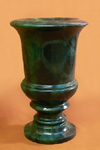
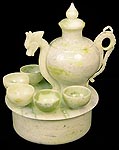
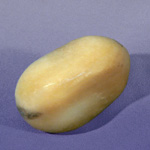

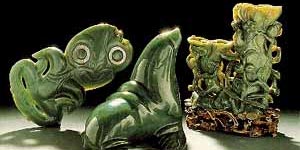

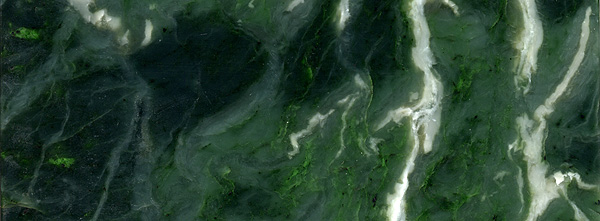
Poisonous and radioactive dangerous stones and minerals
** - poisonous stones and minerals (mandatory check in the chemical laboratory + explicit indication of toxicity).
** - radioactive stones and minerals (mandatory check on the standard dosimeter + ban on open sales in the case of radioactivity over 24 milli / g / h + additional measures of population protection).
All rare stones are subject to mandatory inspection at the standard dosimeter for the permissible level of radiation and in the chemical laboratory for the absence of poisonous and evaporating components that are dangerous to humans and the environment.


Comments
When commenting on, remember that the content and tone of your message can hurt the feelings of real people, show respect and tolerance to your interlocutors even if you do not share their opinion, your behavior in the conditions of freedom of expression and anonymity provided by the Internet, changes Not only virtual, but also the real world. All comments are hidden from the index, spam is controlled.